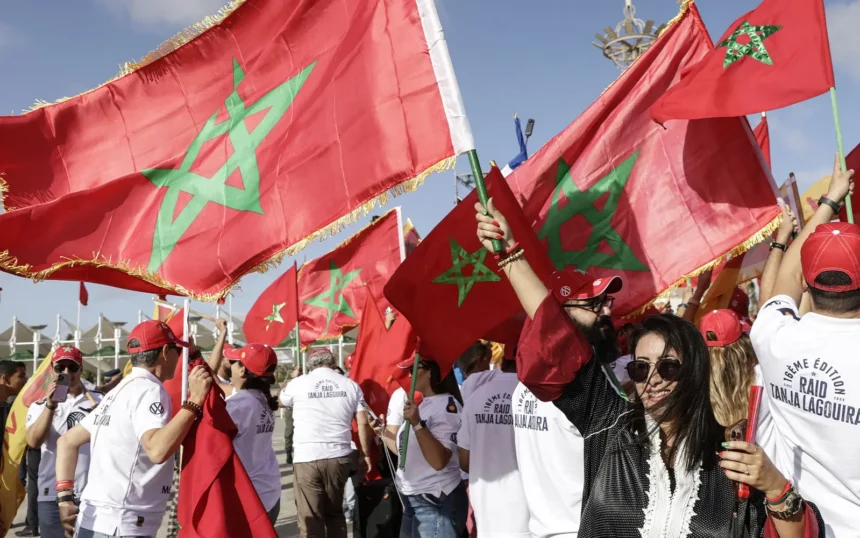Google has clarified that the dotted lines representing the disputed border between Western Sahara and Morocco have never been visible to users accessing Google Maps from within Morocco.
The company’s statement comes after media reports suggested that Google had altered the map’s display following the UN Security Council’s endorsement of Morocco’s autonomy plan for Western Sahara.
In a statement to AFP on Tuesday, November 11, a Google spokesperson said the border display differences were consistent with the company’s long-standing policies on disputed territories.
“We have not made changes to Morocco or Western Sahara on Google Maps,” the spokesperson said.
“These labels follow our longstanding policies for disputed regions. People using Maps outside of Morocco see Western Sahara and a dotted line to represent its disputed border; people using Maps in Morocco do not see Western Sahara.”
Western Sahara, a vast, mineral-rich territory, was formerly a Spanish colony. Morocco controls most of the region, while the pro-independence Polisario Front, backed by Algeria, continues to claim sovereignty over it.
The United Nations Security Council has repeatedly called for renewed negotiations involving Morocco, the Polisario Front, Algeria, and Mauritania to reach a political settlement.
However, in a move initiated by former U.S. President Donald Trump’s administration, the Security Council endorsed a 2007 Moroccan proposal granting Western Sahara autonomy under Rabat’s sovereignty — a decision that remains contentious.



